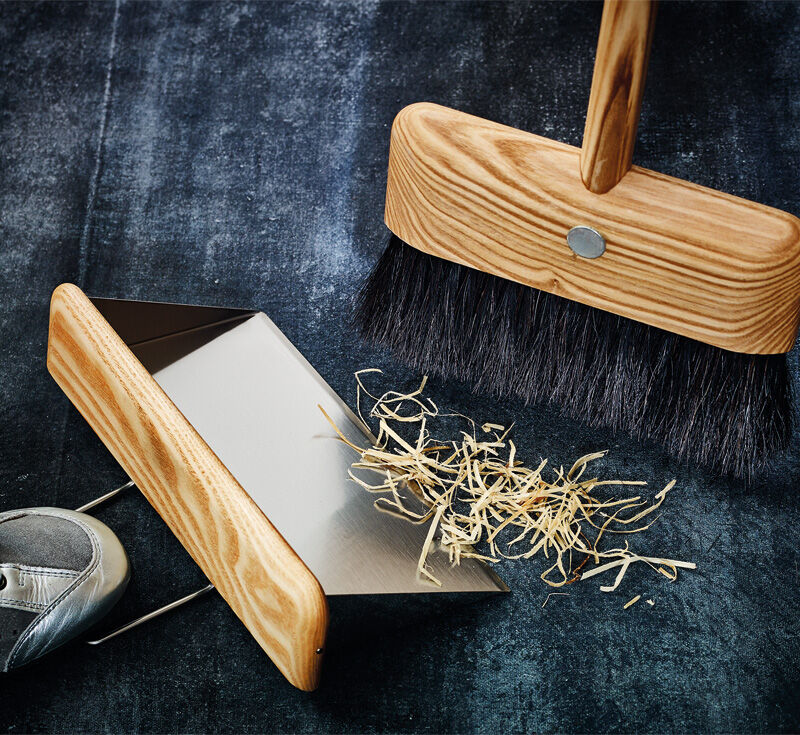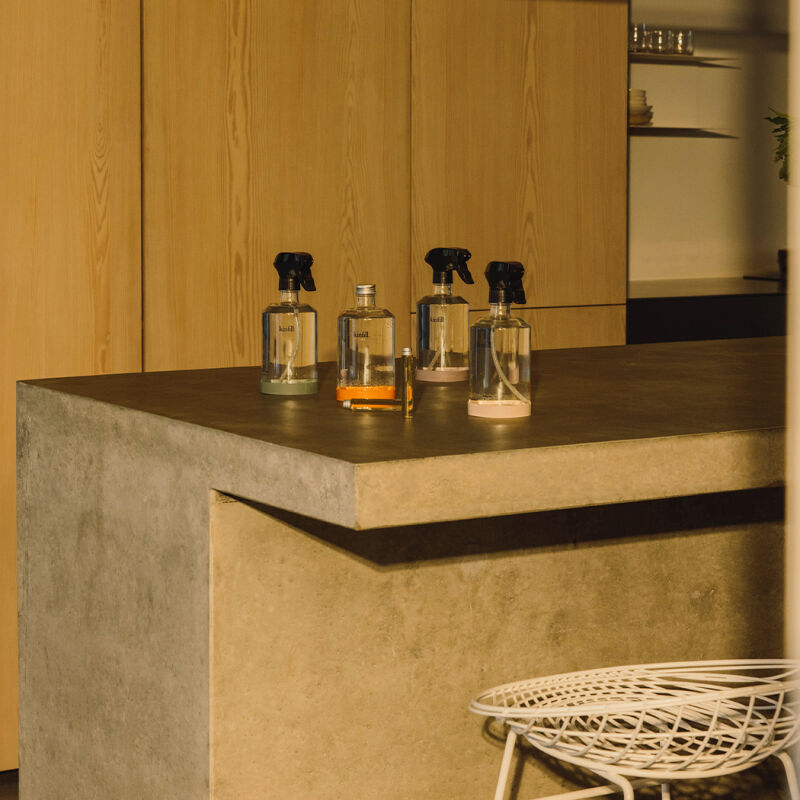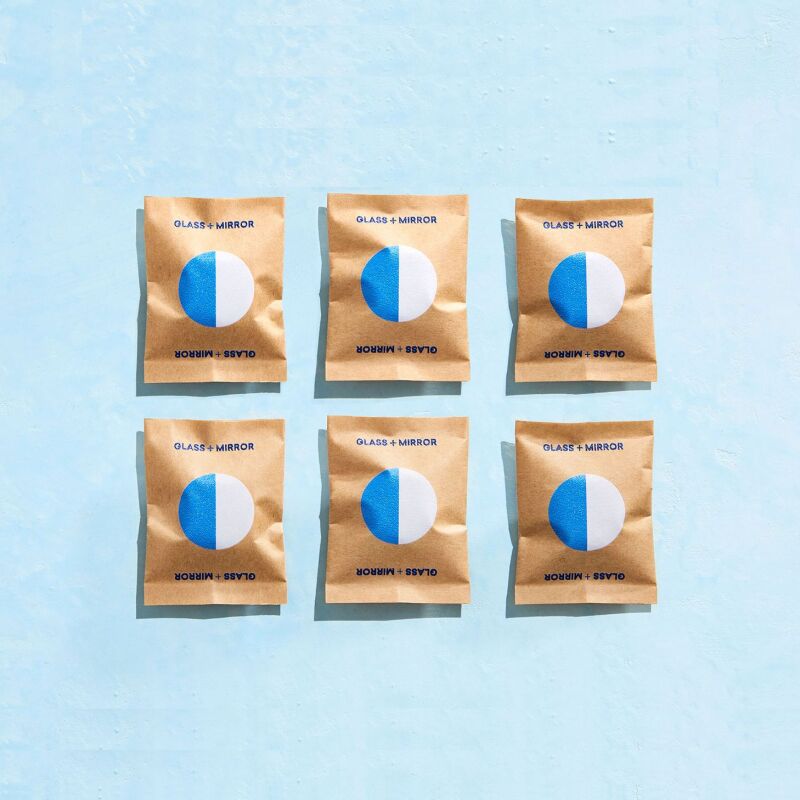I’m not sure about you, but the topic of stain removal never enters my consciousness unless there is a crisis at hand—let’s say nasty red wine spillage, in which case I typically default to what I learned growing up (use salt). When we were recently discussing the topic at work, we realized we had a wealth of solutions among us. Here are our top cleaning tips—most of which involve little more than vinegar, lemons, and baking soda.

Lemon
- For tarnished copper, Sarah says: “I clean my copper with lemon and salt. Cut the lemon into wedges, dip in salt, then rub on the copper. Rinse quickly in cold water and dry well with a soft cloth.
- Sarah’s trick to whitening yellowed clothing: “I have a couple of white cotton shirts from Japan that I have had forever. They have worn well but started to yellow on the collar. I dabbed them with lemon juice, then let them sit in the sun to bleach. The yellow disappeared.”
Seltzer
- Annie says, “Seltzer is a pretty good stain remover. Pour it on and let it sit; it looks worse at first, but over time the bubbles help lift the stain.”
- Christine on stainless steel: “When I was a waitress, we used to clean stainless steel surfaces with seltzer water from the soda fountain, and it worked like a dream.”

Baking Soda
- Erin uses a shaker full of baking soda and lavender to keep her fridge odor-free; see The Only Two Ingredients You Need to Make a Refrigerator Smell Fresh.
- Alexa on tackling grout in the bathroom: “I mix baking soda and vinegar to create a paste for cleaning bathroom grout.”
- Margot: “I use a paste of baking soda and white vinegar to remove food smells (such as the horrendous reminder of the rotting onion I discovered in the far back of a pantry shelf recently).”
Fresh Herbs
- Stacey on mildewy dish brushes and sponges: “I wash mine weekly in boiling water with a few drops of oil of oregano to keep them fresh.”
- Meredith: “A house freshening tip: I put a saucepan of water on the stovetop, pour in some cloves—maybe a teaspoon to a tablespoon, depending on how much water—set it on the lowest burner temperature, and let it simmer very gently for several hours. It fills the house with the warm, earthy scent of cloves, and doesn’t cause the air quality problems associated with burning candles.”

Toothbrushes and Toothpaste
- Both Stacey and Margot use toothpaste to shine silver—”especially small pieces, such a rings, necklaces, and spoons,” Margot says. She adds: “It must be a paste, not a gel (something with a bit of grit); I’ve found that classic Crest works well.”
- Annie says: “I keep a toothbrush or two on hand for small and hard-to-reach scrubbing needs, including the unpleasant task of unclogging drains. The long handles and bristles do the trick, no harsh chemicals needed.”
Vinegar
- Janet uses vinegar as her secret laundry weapon. “Years ago, a friend in the garment industry told me to wash new clothes with a half cup of white vinegar to ‘set’ dark colors.”
- Sarah on water-spotted glassware: “Every now and again, when my drinking glasses are looking dull or water-spotted, I’ll add some white distilled vinegar to the rinse aid cycle of the dishwasher and the glasses are restored to their original shininess.”
- Janet on mildewy laundry: “Ever left wet laundry in the machine for a day or so by accident? Rewash the load with a couple of tablespoons of vinegar, which will combat the mildew smell.”
- Izabella uses the same approach for her towels: “Wash towels in hot water with one to two cups of distilled white vinegar now and then. Keeps them fresh and mold-less.”

Salt
- Christine on removing red wine stains: “Pour salt on a wet red wine stain in the carpet, then leave it overnight before vacuuming it up.”
Vodka
- Margot has heard good things about vodka: “I heard from a friend that vodka is a great household cleaning spray and have been planning to try it. You can use the cheapest vodka you can find and dilute it with water. Thanks to its high alcohol content, it’s said to be a disinfectant and to kill mold and mildew. The alcohol scent quickly dissipates, and if you add an essential oil, such as lavender or geranium, it smells great.”

Oil
- Meredith on removing spots from stainless flatware: “Rub olive oil on with a soft cloth, then wipe off with a soft cloth dampened with white vinegar.”
- Meredith also uses oil to remove sticky residue: “The homemade Goo Gone recipe in 3 DIY Cleaning Recipes for a Healthy, Happy Home really works. The smell of Goo Gone is nauseating to me. All the DIY recipes say coconut oil, but I’ve always used canola oil because it’s what’s in my fridge and it’s cheaper than coconut oil—this is a cleaning product, after all. It works brilliantly, every time.”
Old-Fashioned Soaps
- Justine’s new favorite is bluing powder, for bringing the brilliant white back to sheets and towels; see DIY: How to Whiten Your Sheets with Laundry Bluing.
- Margot says, “For hand-washing clothes and pre-treating stains, I like Zote, an old-fashioned, outsized bar soap made in Mexico.The main ingredients are coconut oil and tallow; it’s probably meant to be used with a wooden washboar. It’s inexpensive: less than $2 a bar! I like the way it looks, and it works well.”

Fresh Air
- Margot keeps things simple: “From Anki Spets of Area (see: Linen Logic: 20 Tips for Taking Care of Your Bedding), I was reminded of the power of simply airing out wool blankets and throws. Sun and fresh air are two powerful (and free) ingredients too often forgotten. So open the windows and hang out a clothesline.”
Plus, a tried-and-true tip from Alexa: “In the past six months I started doing two things that have changed my life at home: I make sure all dishes are washed (nothing left in the sink) before going to sleep and I make my bed every morning on waking. It takes up less than 10 minutes of my day, and now that it’s become a habit, I never feel like I’m ‘cleaning’ and love the feeling of coming home to a clean house in the evening.”
Got any brilliant cleaning tips? We’d love to add them to the list. Let us know in the comments below.
For more Domestic Science tips, tricks, and hacks, bookmark our posts:
- Domestic Science: How to Wash a Pillow
- Domestic Science: How to Polish and Clean Silver
- Easy DIY: Homemade Dish Soap
N.B. This post is an update; the original story ran on April 26, 2013.
Frequently asked questions
What is the source of the cleaning tips?
The cleaning tips are sourced from expert advice given by the editors.
Are these cleaning tips effective?
Yes, these cleaning tips have been tried and tested by the editors and are known to be effective.
Can I use these cleaning tips on any surface?
Most of the cleaning tips are safe to use on a variety of surfaces, but it is always best to test a small inconspicuous area first.
Do I need any special tools or products for these cleaning tips?
Most of the cleaning tips use common household items and products, but in some cases, specialized tools or products may be required.
Are these cleaning tips safe for the environment?
The editors have tried to include eco-friendly cleaning tips where possible, but it is always best to research the environmental impact of any cleaning product or method before use.
How often should I perform these cleaning tips?
The frequency of performing these cleaning tips will vary depending on the specific tip and the area being cleaned. However, it is recommended to perform routine cleaning as often as needed to maintain a clean and healthy living space.




Have a Question or Comment About This Post?
Join the conversation